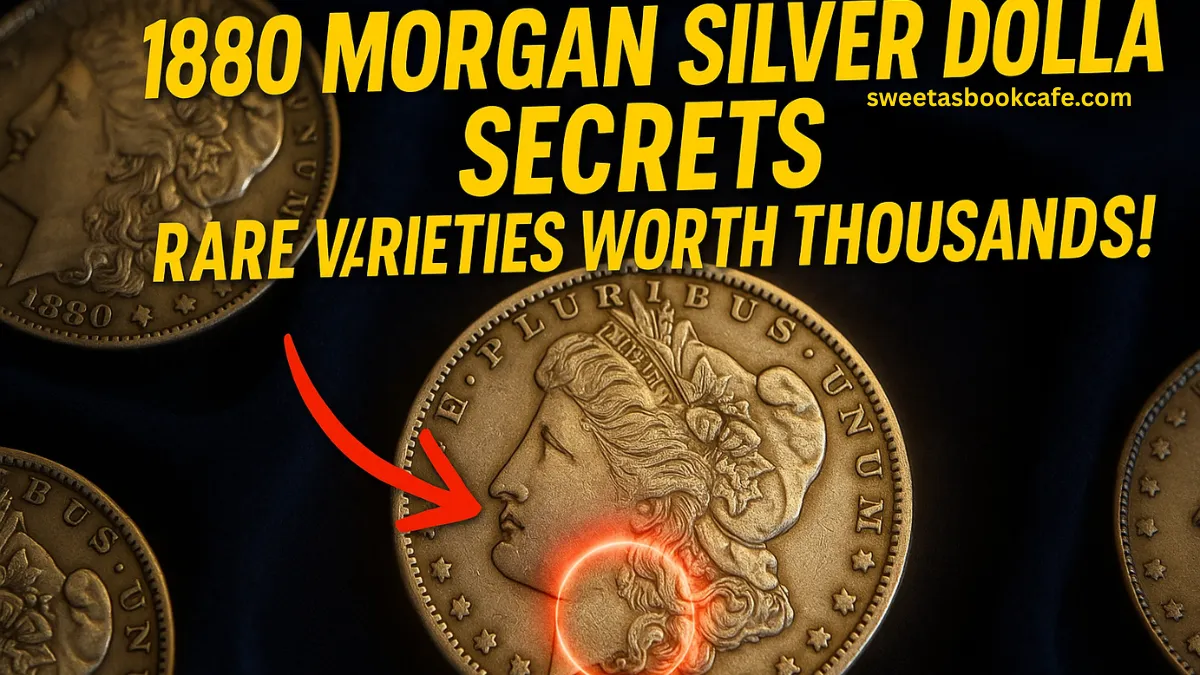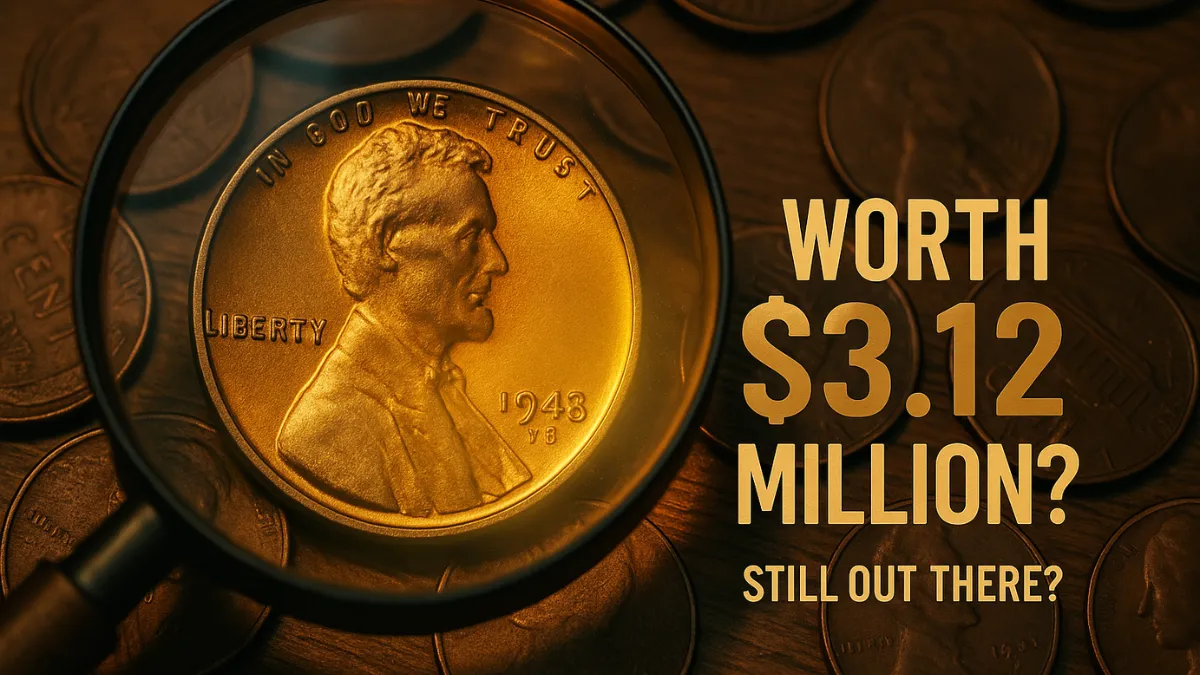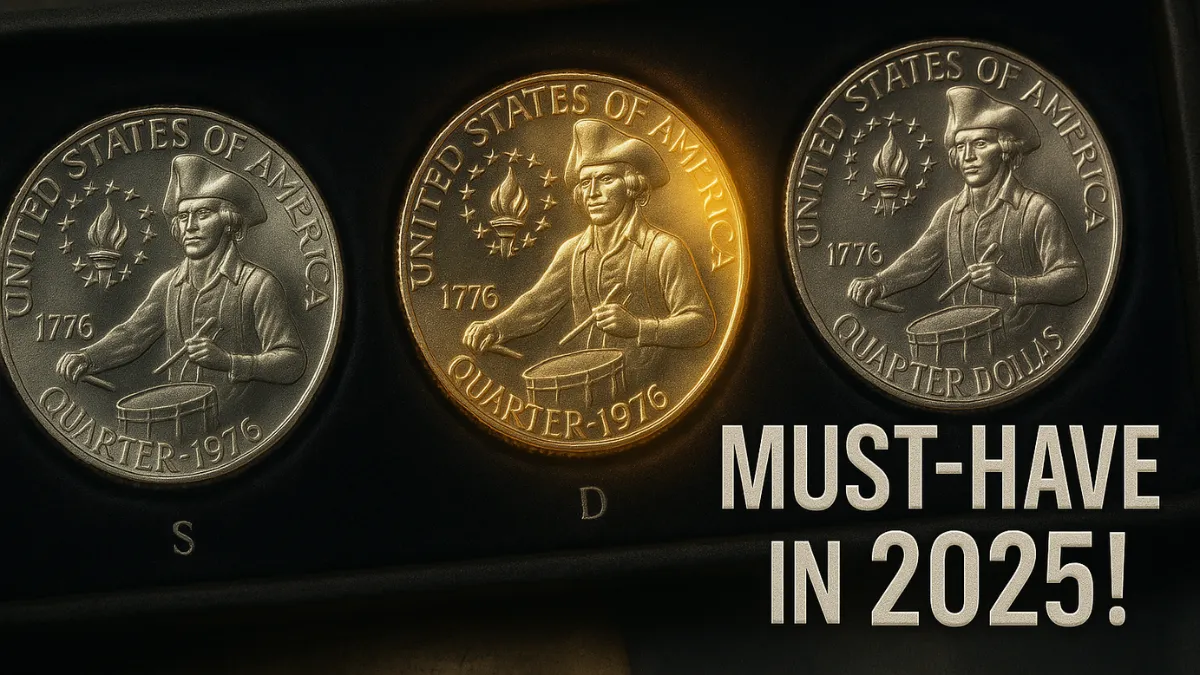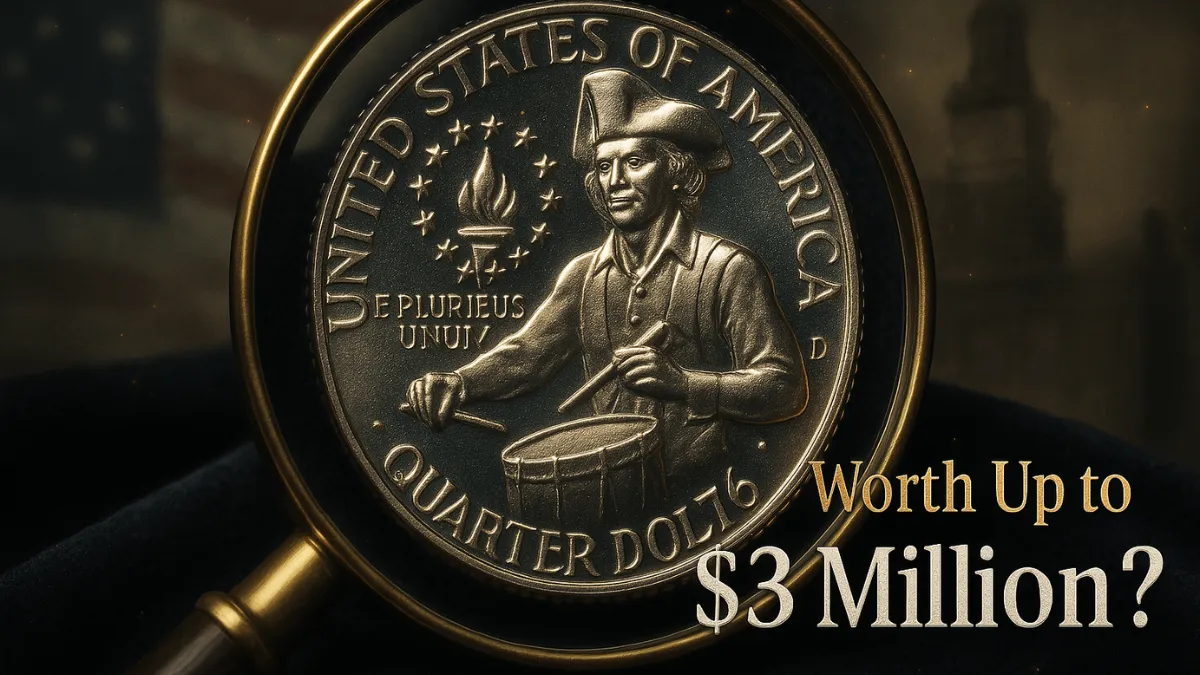The 1880 Morgan Silver Dollar Origins
The Morgan silver dollar series launched in 1878 in response to the Bland-Allison Act, which required the U.S. government to buy and coin large amounts of silver. The 1880 Morgan dollar continued this tradition, showcasing Lady Liberty on the front and a boldly designed eagle on the back. These coins were produced in abundance by various mints, including Philadelphia, Carson City, San Francisco, and New Orleans.
Many coin enthusiasts use the 1880 Liberty silver dollar as a reference point when analyzing mint variations and design changes. Its value depends on rarity and condition, with circulated coins valued for their silver content and Mint State examples fetching far more. For the most accurate price, check recent auction data and professional pricing charts.
1880 Morgan Silver Dollar Value Chart by Condition
Circulated 1880 Morgan dollars usually trade slightly above their silver content value, generally between $35 and $50 depending on appearance and detail sharpness. Coin dealers often assess these values for lower grades like VG and F accordingly.
Higher-grade examples bring higher returns. AU-58 coins often range from $60 to $75. An MS-63 can sell for $100 to $150, while prooflike and Deep Mirror Prooflike (DMPL) varieties are worth more. MS-67+ specimens can exceed $1,000 due to their exceptional preservation.
| Condition | Price Range (USD) |
|---|---|
| Good (G) | $35 – $45 |
| Very Fine (VF) | $45 – $60 |
| About Unc (AU) | $60 – $75 |
| MS-60 | $80 – $100 |
| MS-63 | $100 – $150 |
| MS-65 | $200 – $300 |
| MS-67 | $800 – $1,200 |
| Prooflike (PL) | $500 – $800 |
| Deep Mirror PL (DMPL) | $1,200 – $2,000 |
Mint Mark Breakdown – CC, O, S, and P Varieties
To find the mint mark on an 1880 Morgan silver dollar, check the reverse between the wreath and the “D” in “DOLLAR.” Philadelphia coins have no mark, while Carson City (CC), New Orleans (O), and San Francisco (S) each display unique letters.
The 1880-O Morgan dollar, minted in New Orleans, saw a production of roughly 7.5 million. Circulated pieces start around $40, and uncirculated ones often top $100 depending on strike quality and appearance.
Carson City’s output was just 750,000, making the 1880-CC dollar particularly rare. Circulated examples sell from $75 to $100, while higher-grade coins frequently reach $500 or more due to their scarcity and historical appeal.
San Francisco contributed about 4.1 million pieces. An MS60 1880-S Morgan might sell for $60, with MS63+ grades bringing in $150 or more. Since Philadelphia minted over 16 million coins, rarer varieties like CC, O, and S are often more sought after.
| Mint Location | Mintage |
|---|---|
| Philadelphia (P) | 16,300,000 |
| New Orleans (O) | 7,500,000 |
| Carson City (CC) | 750,000 |
| San Francisco (S) | 4,100,000 |
1880 CC Morgan Dollar – Carson City’s Rarest Strikes
Carson City’s 1880 Morgan silver dollars are especially prized due to their low mintage of just 750,000 coins. This facility’s link to the Comstock Lode and Western silver production boosts collector interest.
MS60 graded examples start around $200, while Deep Mirror Prooflike pieces can bring $1,200 or more at MS65. The value increases sharply with each grade bump, particularly since so few high-end specimens have survived.
Collectors also appreciate the CC coin for its rich toning and cameo-like contrasts. DMPL coins show mirror-like fields and frosted images, often fetching more than similar coins from other mints.
| Grade | Business Strike (USD) | DMPL Prooflike (USD) |
|---|---|---|
| MS60 | $200 – $250 | $350 – $450 |
| MS63 | $500 – $600 | $800 – $900 |
| MS65 | $1,200 – $1,500 | $2,000 – $2,500 |
How to Identify Rare VAM Varieties in the 1880 Series
Some 1880 Morgan dollars display VAM (Van Allen–Mallis) die varieties, created by slight changes in dies like repunched numbers or overdates. These unique coins are closely examined for doubled digits, overdate marks, or die scratches.
Coins without mint marks often feature their own VAM types, especially from the Philadelphia Mint. Rare varieties, especially in high grades, can sell for far more than standard examples. Look for die markers and known patterns to identify a VAM coin.
Top 4 VAMs of 1880 Morgan Dollar:
- VAM-2 (80/79): The zero is struck over a faint “9.”
- VAM-6 (8/7 Spikes): Extra spikes appear on the “8.”
- VAM-7 (Crossbar): A horizontal line crosses the top of the “8.”
- VAM-8 (8/7 Ears): Raised bumps around the “8” resemble ears.
1880 S Morgan Dollar – Popular for High Quality Strikes
The San Francisco Mint produced many well-struck 1880 Morgan dollars. These coins often have sharp features, deep details in Liberty’s hair, and crisp feathers on the eagle. This level of craftsmanship makes them a favorite among collectors focused on visual appeal.
High-grade examples are especially valuable. MS65 coins usually sell for $100–$150, while MS67+ examples can reach over $500. As coins rise above MS66, their prices climb due to stunning luster and minimal blemishes.
Key Features of High-Quality Strikes:
- Defined hair strands on Liberty
- Detailed eagle feathers
- Bright cartwheel luster
- Sharp rim denticles
- Few visible contact marks
Authentication Tips and Fake Detection
Fake 1880 Morgans often lack the right weight or metal mix. Genuine coins should weigh 26.73 grams and have a diameter of 38.1 mm. Use precise tools to confirm size and weight.
Compare your coin’s mint mark to verified examples. Real New Orleans coins have a clear, properly spaced “O.” Deviations in die features or reeding can indicate counterfeits. Authenticity strongly impacts 1880 Morgan dollar value.
For best results, have your coin professionally certified. Third-party grading confirms authenticity and protects its long-term market value.
Final Thoughts – Should You Invest in the 1880 Morgan?
Many investors ask, “What’s my 1880 silver dollar worth?” Circulated examples often trade between $40 and $60, tied closely to silver’s market value. But uncirculated and rare mint varieties can greatly exceed those figures.
Rarer coins like 1880-CC or DMPL pieces carry substantial premiums. Even standard Philadelphia Mint coins in MS63 condition can top $100. To build a smart collection, consider studying auction trends and exploring a coin investment guide.
FAQs
Q1: How can I tell if my 1880 Morgan dollar is real?
Use a scale (26.73g) and caliper (38.1mm). Counterfeits often deviate in weight, design, or metal content.
Q2: What does DMPL mean in coin grading?
DMPL stands for Deep Mirror Prooflike, describing coins with mirror-like fields and frosted designs—highly collectible.
Q3: Is the 1880 Morgan dollar made of pure silver?
No, it contains 90% silver and 10% copper, standard for U.S. silver coins of the era.
Q4: Which 1880 Morgan dollar mint mark is most valuable?
The Carson City (CC) mint mark is the rarest and most valuable, especially in uncirculated and DMPL grades.





